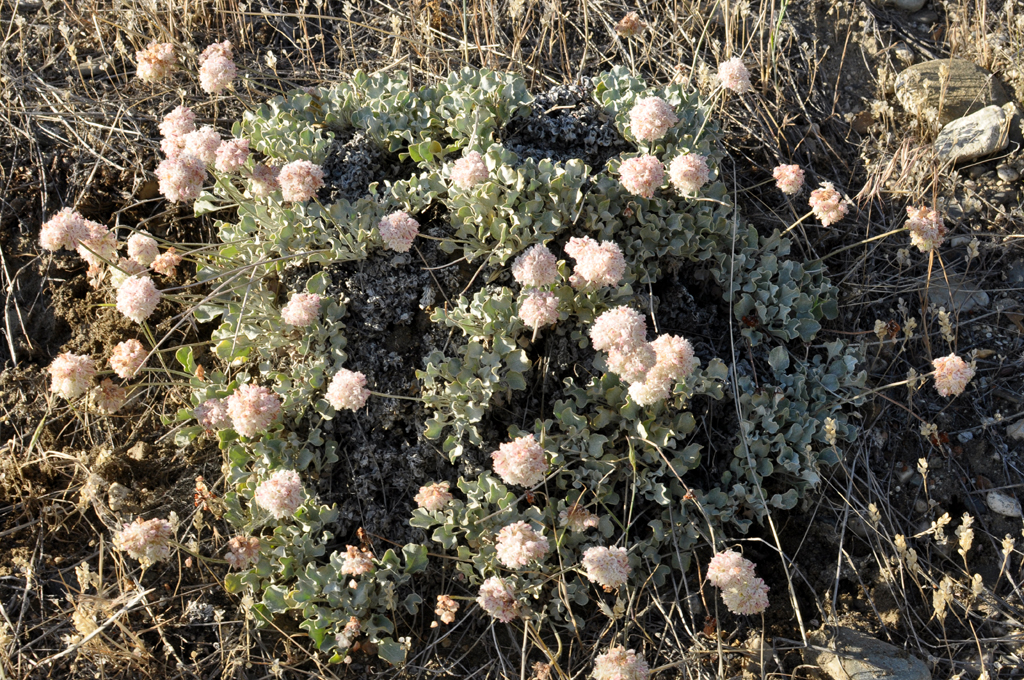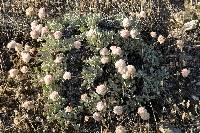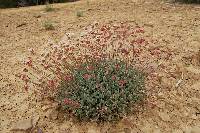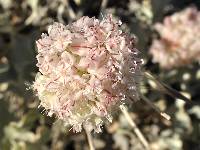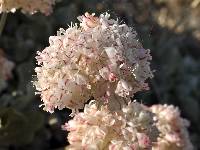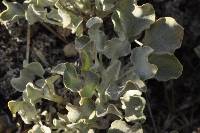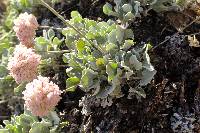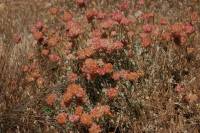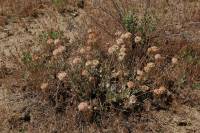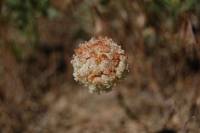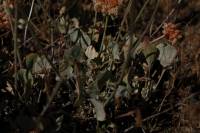Plants 2.5-4 dm wide. Leaf blades spatulate, oblong, or obovate to oval, 0.5-2 cm, tomentose to floccose, margins not brownish. Scapes erect, (4-)5-20 cm, tomentose. Inflorescences capitate, 1.5-3.5 cm wide; branches absent. Involucres 3-15 per cluster, 4-5 mm. Flowers 4-5 mm; perianth white to rose or purple. 2n = 40.
Flowering Apr-Aug. Sandy to gravelly flats, washes, slopes, and ridges, mixed grassland, saltbush, and sagebrush communities, pinyon and/or juniper and montane conifer woodlands; 700-3100 m; Alta., B.C.; Ariz., Calif., Colo., Idaho, Mont., Nev., N.Mex., Oreg., Utah, Wash., Wyo.
Variety purpureum is the most widespread and common expression of the species, being found in southern British Columbia and southwestern Alberta, and in northern Arizona, eastern California, western Colorado, Idaho, western Montana, Nevada, northwestern New Mexico, eastern Oregon, Utah, southeastern Washington, and Wyoming. It approaches var. depressum both geographically and morphologically in the Yellowstone National Park area, and a clear distinction is not always possible. The name var. ovalifolium was long misapplied to what is here termed var. purpureum.


